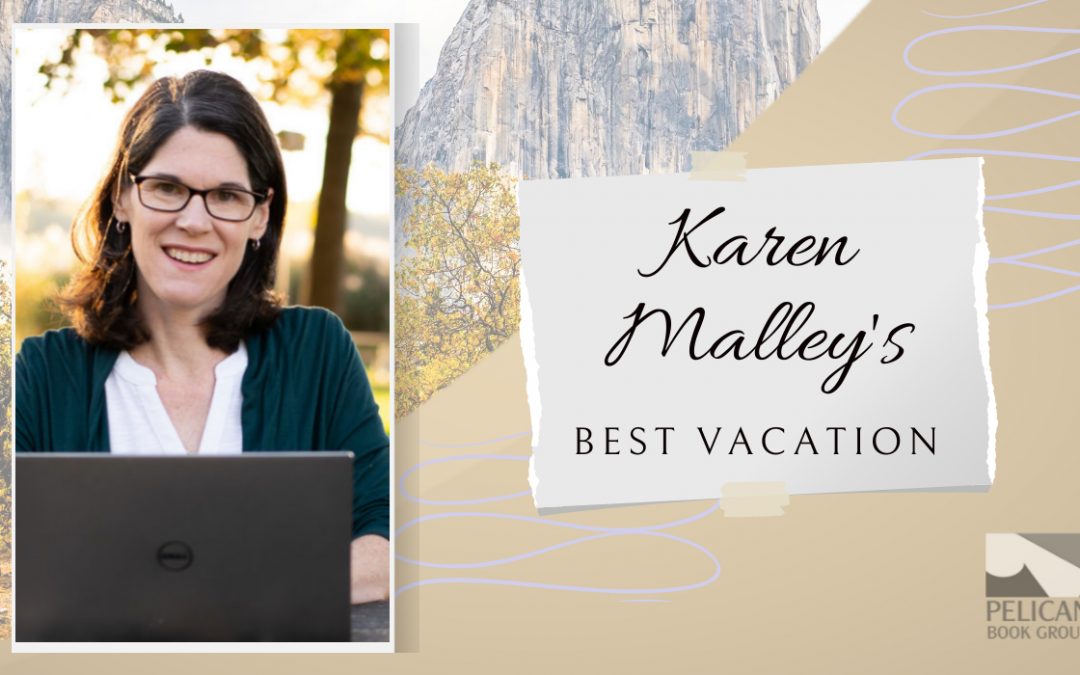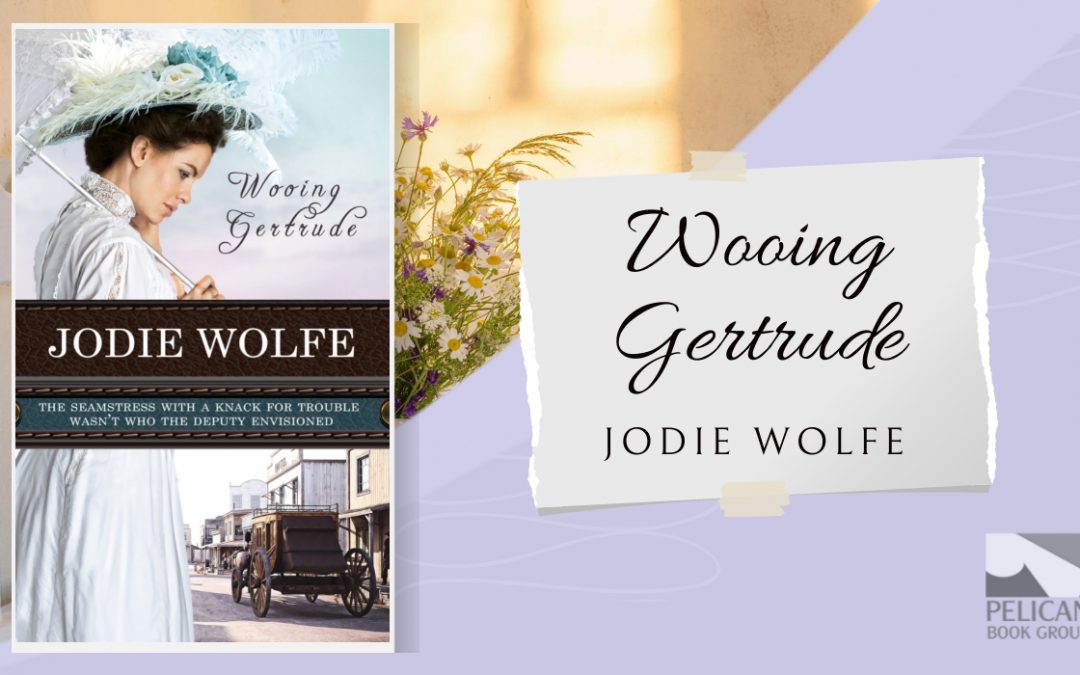Editing checklists a/k/a style sheets aren’t just for editors, you know.
Writers can benefit from them as well.
I keep an ever—growing style sheet for general information and another for a specific work I’m either editing or writing. I add to or refer to each often during my edits or crafting.
Style sheets are a time saver. How? All the information you need is gathered in one (or two spots). For instance, a style sheet for a book I’m editing or writing might list characters full names, their descriptions (who doesn’t have trouble remembering the color of a character’s eyes), town names, specific description details, and any research I might need for the story. With my style sheet, I’m not forced to go back and review an entire manuscript to determine if Rocco’s eyes are brown or blue.
If I can’t remember Rocco’s relationship to another character, I don’t have to remember in which chapter the character first appeared. I just look up the information under that character’s name, where I have cross-referenced him or her with Rocco, and I’m writing or editing again in a matter of seconds.
Information for general style sheets might include my publisher’s style preferences such as “OK” versus “okay,” formatting guides, and punctuation preferences. I also use my general style sheet to list out troublesome rules for grammar, punctuation, and spelling.
Other data included might be title information such as whether movie titles, newspaper articles, song titles, etc., are italicized or placed in quotation marks. I collect commonly misspelled and misused words and words that require hyphenation or capitalization. For example, did you know that “good-bye” and “old-fashion” are always hyphenated? How about good night? The only exception to its being written as two words, is for hyphenation if it is being used an an adjective, such as a “good-night kiss.”
Sometimes, there is a phrase or a word that will hang me up in each edit. Instead of looking up the information each time I run across it, I note the correct form in my general style sheet. For example, is it hare-brained or hair-brained? Tell-tale or tale-tell, tell-tell, or tale-tale? Y’all or ya’ll?
I also add research to my style sheet. Historical information or misinformation, fun facts about people, places, jobs, etc., for different eras are kept together, and when I have trouble remembering the facts, having the information in my style sheet for the next story in a series or even another book altogether saves me the hassle of researching the material again.
Happy editing.



